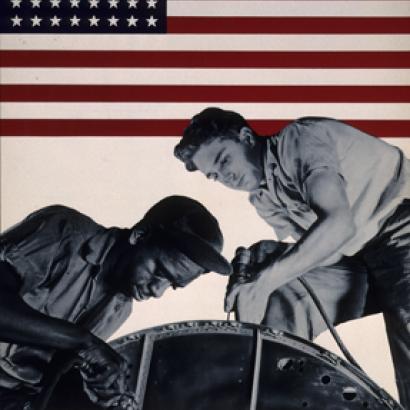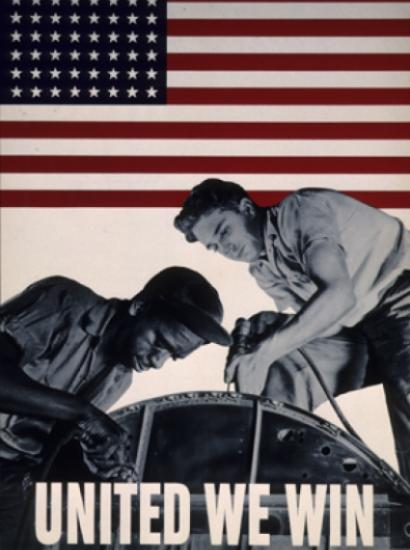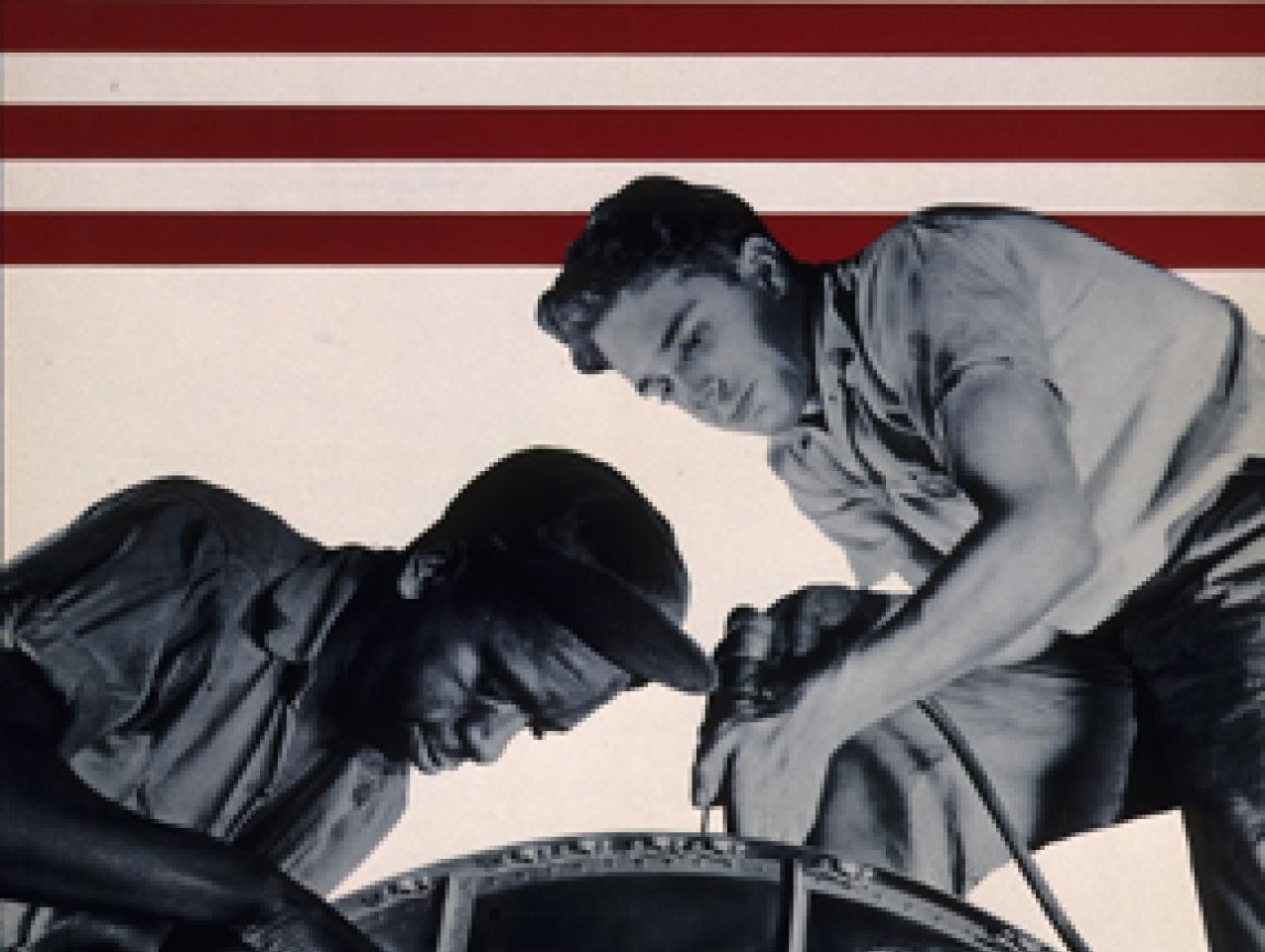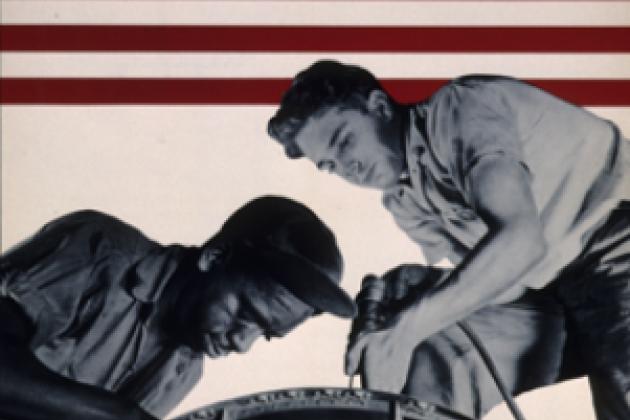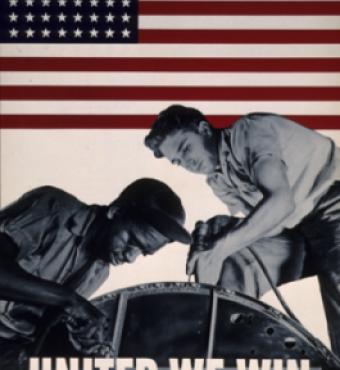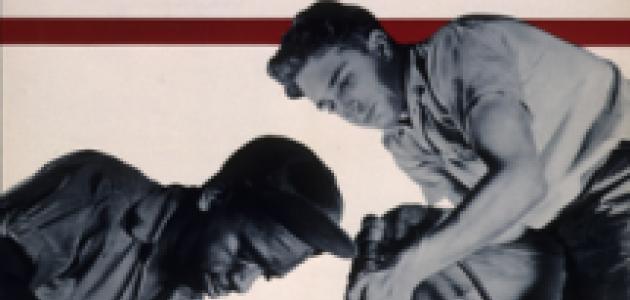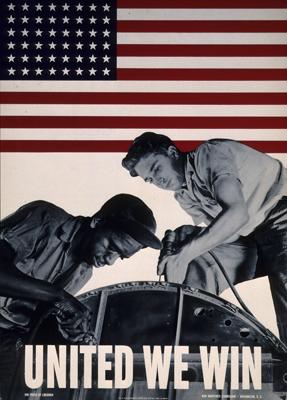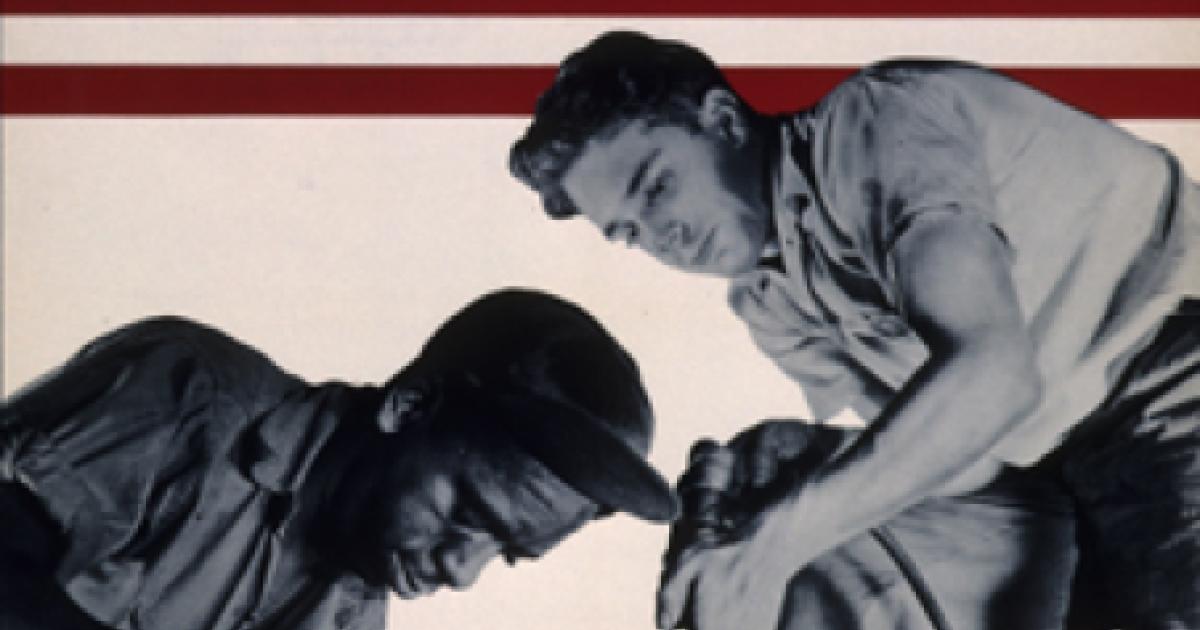- History
- Military
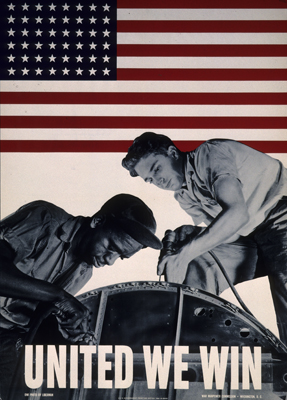
One of the major worries that confronts those who study the American military at present is the question as to whether the accommodation of its units to the social and political agendas of a portion of America’s elite might not in the long run damage what has been for the past thirty years the most competent combat organization in the world. Given the darkening strategic picture that confronts the United States at present with the rising threat of China, the collapse of any sort of stability in the Middle East, and the increasingly threatening behavior of Putin’s Russia, the international environment represents one of the most important issues confronting the American people as they approach the election of 2016. It is not one to which there are simple or unambiguous answers.
At the heart of the tension between the America’s civil world and the effectiveness of its military is the role of women and gays in the services. The change in the fundamental relationship between the American military and the position of women in its ranks began in the 1970s. Richard Nixon’s decision to turn the military from one based on conscription into an all volunteer military resulted from the extraordinary unpopularity of the Vietnam war and the perception among the American people that the cost in terms of American lives was being born unfairly by the poorer segments of the American population. Exacerbating the transition from the draftee to volunteer force was the fact that the unpopularity of the Vietnam conflict was going to make it difficult to attract suitably competent individuals to the increasingly complex weapons systems that the American military were beginning to deploy. Moreover, by the end of the Vietnam War, the military services were in shambles. There were race riots in all the services; Marine and Army officers found themselves forced to carry loaded pistols into the barracks of their enlisted personnel. Drug usage was widespread. The Soviet threat added to the demand to improve the caliber of personnel.
Thus, it did not take a great leap of intuition to realize that women volunteers offered a considerable possibility to fill the gap in competent enlistees. The fact that West Point, Annapolis, and Colorado Springs all opened their doors to women cadets and midshipmen in 1976 indicated the extent of the need to improve the manpower pool by reaching out to the 50 percent of the population that to a considerable extent the military had never tapped. Given the fact that military organizations throughout the ages have relied almost exclusively on young men, the American decision represented a move that was counter-intuitive—that young women could add substantially to the pool of well-trained members of the military and perform their assigned tasks in as competent a fashion as their male counterparts.
The process of integrating women into the military has not always been easy; the removal of the hurdles preventing gays from serving in the military represented an even bigger hurdle. At the beginning of efforts to attract more women, a number of combat specialties remained closed to women officers and enlisted personnel. And there were considerable anomalies. In the 1980s, women intelligence officers in the Army, in what was not supposed to be a combat specialty, would have found themselves in some cases out in front of U.S. combat formations, had war broken out with the Soviets. Nevertheless, by the early 1990s there was a considerable expansion of the roles that women could fill. The Air Force, which had opened up pilot slots in transport aircraft to women in the 1980s, now opened up the positions of both fighter and bomber pilots to women. At the same time the Navy opened up the positions of carrier pilot and combat ship crews to women. At the beginning of William Clinton’s presidency in 1993, the new president attempted to eliminate the strictures against homosexuals from serving in the military. However, he ran into fierce opposition from the chairman of the Joint Chiefs of Staff. The result of the confrontation was one that most political observers regarded as a victory for Powell: the policy of don’t ask, don’t tell. That policy lasted until July 2011, when both due to court rulings as well as changes in popular attitudes, gays were allowed to serve in the military.
How have these major changes in the socialization and personnel of the American military worked? In almost every respect the women volunteers have lived up to the expectations of those politicians and military leaders who took the gamble. As one of my friends, who was the commander of an A-10 squadron during Operation Iraqi Freedom suggested to me: “the presence of women pilots considerably improved the attitude and atmosphere of the squadron.” Admittedly, it has been a relatively slow process of integrating women into the combat forces and it may take less time in terms of the gay community, but for the most part the services have adapted undoubtedly better than has been the case with the work place in the civilian world.
Yet, there have been problems; the most obvious has been the persistence of cases of sexual harassment. Nevertheless, a substantial number of problems has been caused by politicians either in Congress or in the executive branch. The media have not helped as well. All three constituencies are peopled largely with individuals who not only have not served, but know little about the military. And they for the most part know no one in their circle of friends who has served. Thus, they are largely ignorant about the military, its history, the extraordinary tasks it must perform, or the difficulties it confronts in training and equipping its forces to exist in an environment the dangers of which most civilians cannot comprehend.
One suspects that for many who live in the gated communities of American society, the services exist as institutions where they can conduct social experiments. In the case of Congress, some seem to feel that that the military exists for them to make grandstand plays to influence the voters back home. On a number of occasions this has led to the short-circuiting of the careers of outstanding officers who still had much to offer their services and their country. In 1994, the president nominated Admiral Stan Arthur to the position of commander of U.S. Pacific Command. However, Senator David Durenberger (R, Minnesota) put a hold on the nomination because the Navy’s flight school had washed out of its helicopter training establishment one of his female constituents; Arthur had had no responsibility for the decision, but was singled out because of his position. Rather than have his assignment held up at the whims of a Republican senator, the admiral retired and America lost a valuable, experienced officer.
At approximately the same time, under considerable pressure from both the administration and Congress to qualify a woman as a carrier pilot, the Navy kept a woman in the F-14 pipeline in spite of her consistent marginal performance. She crashed her F-14 while attempting a carrier landing, and died. The Kelly Flinn affair underlined the media’s general ignorance of the crucial importance of officers’ not fraternizing with enlisted personnel. Despite the fact that Flinn, an officer and a B-52 pilot, had continued to carry out an affair with an enlisted man despite the orders of her superior officer, media pressure forced the Secretary of the Air Force to discharge her rather than allow the Air Force to continue with a court martial.
Perhaps the most egregious example of the services bending their real needs to the desires of the political world came with the Army’s decision to introduce coed basic training. Because of the intense nature of the effort to prepare young men to meet the demands of the combat branches, a significantly higher number of women were flunking out of basic training. To rectify that situation the Army created a much easier basic training that contained little of the demanding physical preparation required for combat and minimized basic needs such as marksmanship. The argument of the Army’s personnel system was that by easing the requirements of basic training, not only would the Army save money, but a greater number of women would pass basic training. The result in 2003 was the disaster at Nasiriyah, where an Army supply convoy, under incredibly incompetent leadership, drove into the city; only one of the soldiers was prepared to fight, largely due to his own efforts; rifles were dirty and many were unloaded despite being in a combat zone; and few of the soldiers knew how to use their weapons. Iraqi soldiers killed, wounded or captured the entire unit. However, the story of the Army’s incompetence was largely lost in the media hype surrounding the rescue of one of its soldiers, Jessica Lynch, from a hospital by Special Forces where the Iraqis were holding her prisoner.
Perhaps the most worrying aspect of the current and increasing gap between America’s civil side and its military has been the impact of the legal profession on what should be strictly military decisions. The increasingly restrictive “rules of engagement (ROE)” have made it more difficult for the American military to accomplish its missions. It has, moreover, placed outstanding junior officers in situations where the lives of the soldiers and marines may be compromised if they follow the ROE, but not following the ROE may well end their careers.
The long and short of the increasing imposition of societal strictures, guided by the gated communities of the Beltway and the media, could well lead to a steady decline in the competence and military effectiveness of America’s military. Moreover, the military draws the great majority of its officers and enlisted personnel from parts of the United States that are far removed from the comfortable circumstances in which the American elite pursue their dreams of a comfortable, peaceful global community that has little relation to the harsh, brutal reality that characterizes much of the world outside the United States, Europe, and the island states of Asia. Should those parents of those outlier communities no longer be willing to send their sons and daughters to defend the interests of this great Republic, the nation will pay a terrible price.







